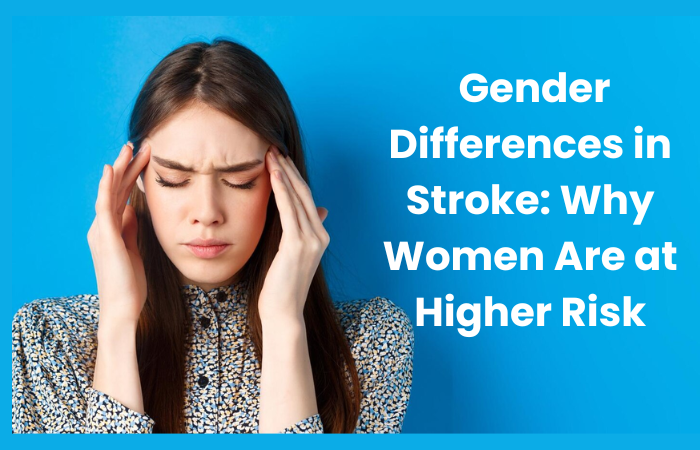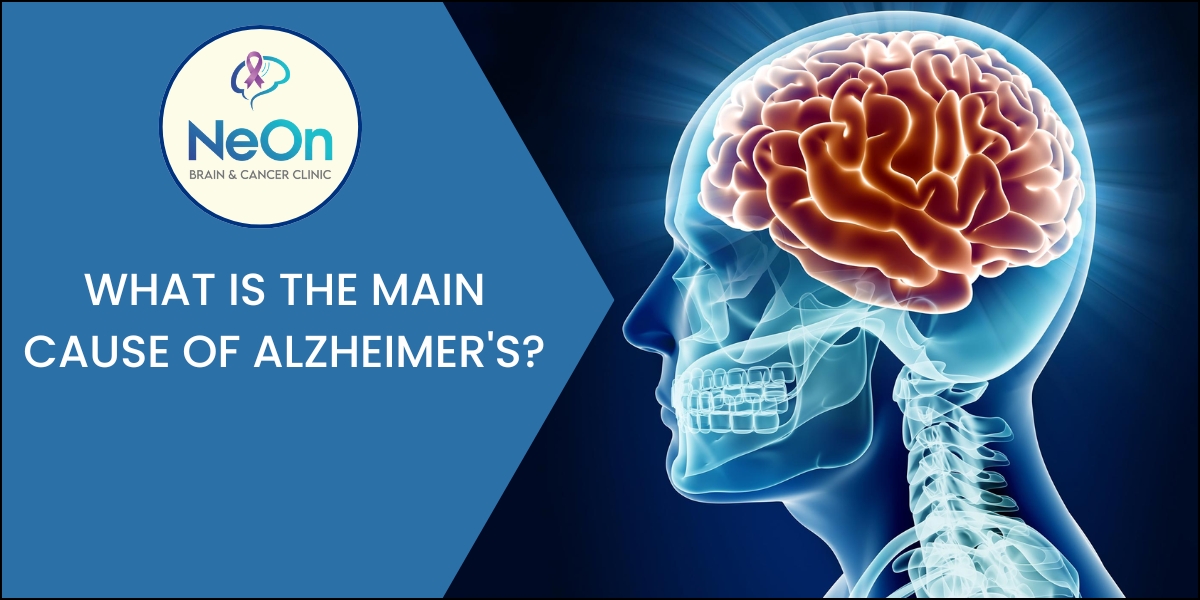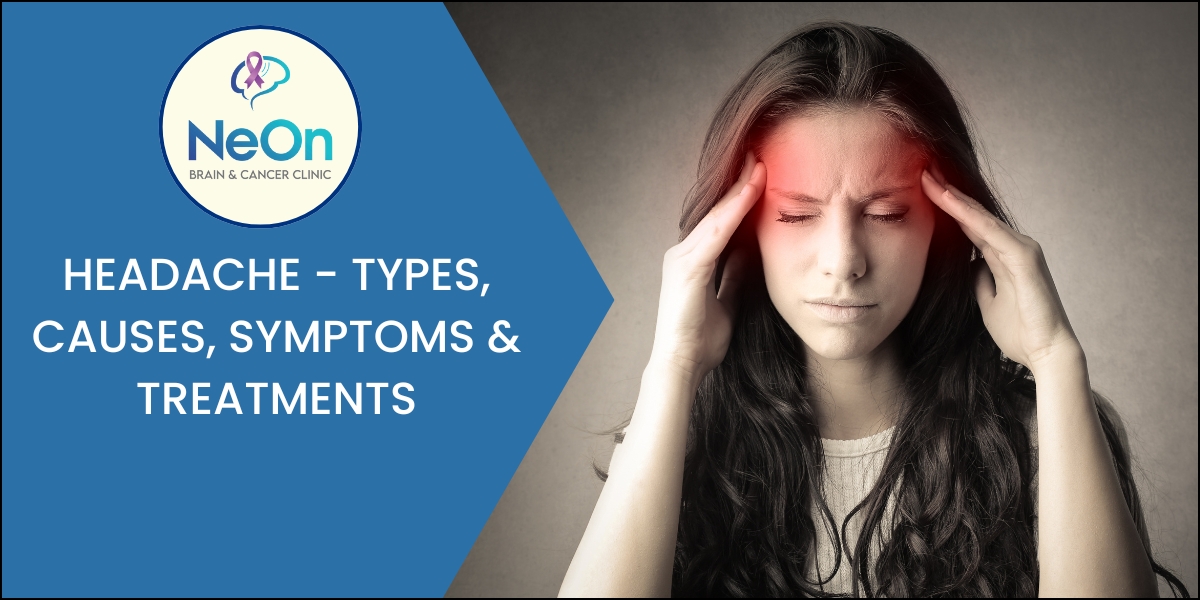Stroke is a leading cause of disability and death worldwide, but did you know that women face a significantly higher risk than men? While stroke can affect anyone, biological, hormonal, and lifestyle factors make women more vulnerable. Understanding these gender differences can help in early prevention and better management of stroke risks.
1. Hormonal Influences
Estrogen plays a crucial role in regulating blood circulation. However, fluctuations in hormone levels—due to pregnancy, birth control pills, and hormone replacement therapy (HRT)—can increase the likelihood of stroke. Women who use contraceptive pills, especially those who smoke or have high blood pressure, are at an even greater risk.
2. Pregnancy-Related Risks
Pregnancy can lead to complications such as preeclampsia, gestational diabetes, and high blood pressure—all of which elevate stroke risk. Women who develop these conditions during pregnancy need regular monitoring even after childbirth.
3. Higher Life Expectancy
Women generally live longer than men, and since stroke risk increases with age, they are more likely to suffer from strokes in their later years. Aging also brings additional risk factors such as atrial fibrillation (irregular heartbeat), which is more prevalent in elderly women.
4. Unique Symptoms
Stroke symptoms in women can differ from the traditional signs seen in men. While common symptoms include sudden numbness, weakness, and speech difficulties, women may also experience:
- Sudden confusion or disorientation
- Severe headaches
- Hiccups
- Nausea or vomiting
- Generalized fatigue or weakness
These differences can lead to delayed diagnosis and treatment, increasing the risk of severe complications.
5. Higher Risk of Hypertension and Cardiovascular Disease
High blood pressure is a major stroke risk factor, and women are more likely to develop hypertension after menopause. Additionally, conditions like migraines with aura, which are more common in women, further contribute to stroke risk.
How Women Can Reduce Their Stroke Risk
- Regular Health Check-ups: Monitor blood pressure, cholesterol, and blood sugar levels.
- Maintain a Healthy Diet: Consume a balanced diet rich in fruits, vegetables, and whole grains.
- Exercise Regularly: Physical activity helps in maintaining a healthy weight and reducing the risk of stroke.
- Manage Stress and Mental Health: Stress and depression, which are more common in women, can contribute to stroke risk.
- Quit Smoking and Limit Alcohol Intake: Smoking and excessive alcohol consumption significantly increase stroke chances.
- Know the Warning Signs: Prompt medical attention is crucial. The acronym FAST (Face drooping, Arm weakness, Speech difficulty, Time to call emergency services) can help in identifying strokes early.
Seeking Expert Neurological Care
For women, understanding stroke risks and taking preventive measures can be life-saving. If you or your loved ones experience any stroke symptoms, consulting an experienced specialist is crucial. If you’re looking for expert stroke care, Dr. Sadique Pathan, a renowned neurologist in Hadapsar, provides comprehensive treatment and preventive strategies tailored to individual health needs.
While stroke affects both men and women, gender-specific risk factors make women more vulnerable. Raising awareness, recognizing symptoms early, and seeking timely medical attention can make all the difference. Stay informed, take proactive steps, and prioritize your neurological health to reduce stroke risks effectively.



